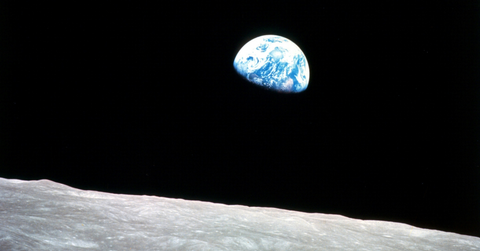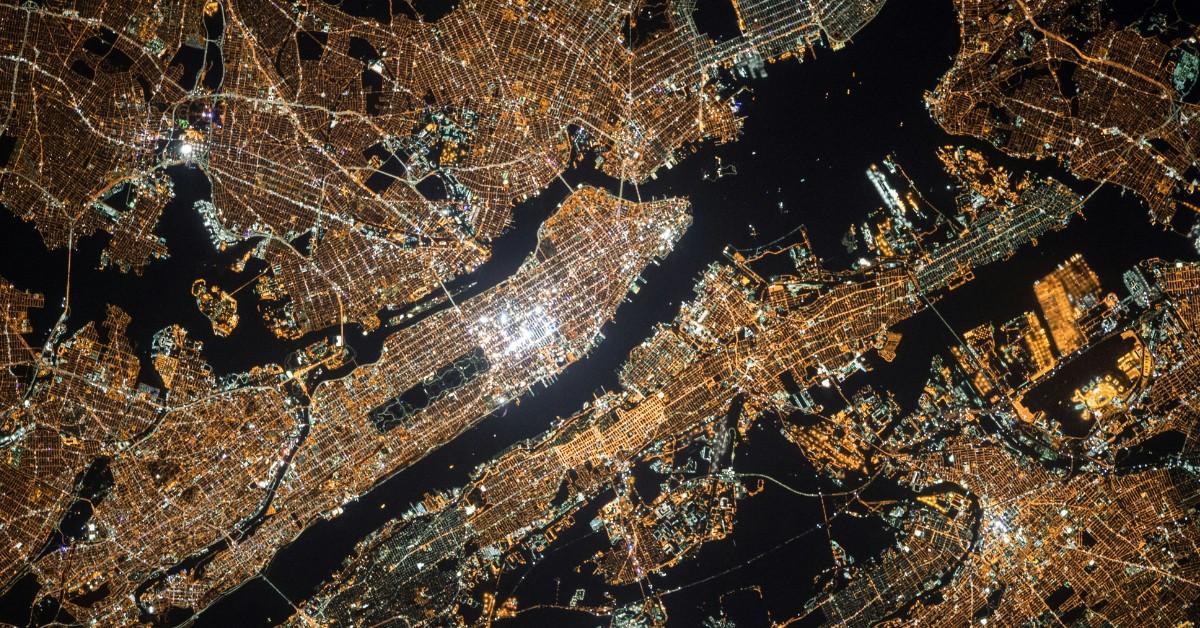NASA Updates Risk Assessment for Asteroid 2024 YR4’s Impact on Earth
Earth has gotten lucky and avoided a direct hit from one of these "city-killers" for millions of years.
Published Feb. 21 2025, 12:34 p.m. ET

On Dec. 27, 2024, researchers noticed a concerning sight in the sky. After careful observation and calculation, they revealed that they had discovered an asteroid — which would eventually go by the name Asteroid 2024 YR4 — and it appeared to be on a path that could possibly end with a direct hit to Earth.
This asteroid, which has been dubbed a "city-killer" thanks to its size and potential for destruction, had a small chance of making a crash landing on our planet, which could cause widespread destruction. After months of observation (and more calculations), NASA has updated its impact risk estimate for the likelihood of Asteroid 2024 YR4 colliding with our planet.
You can find out its predictions and when the asteroid would be most likely to arrive, below.

NASA lowers the risk estimate of an asteroid impact to near zero.
NASA originally said there was a 1 in 67 chance the asteroid would hit our planet in 2032. As of Feb. 20, 2025, the space agency has lowered that risk to just 1 in 360, according to the Space website.
If that's not enough to ease your mind, consider this: when it was first discovered, this asteroid was the biggest threat NASA's Center for Near Earth Object Studies (CNEOS) had ever reported for an asteroid of this size.
Now, the Torino scale — a risk level assessment tool used to determine an asteroid's risk — is down at the second lowest rating, 1.
The creator of the Torino scale spoke with Space, telling them that he was pretty confident that number would drop even more. "We are not at 0 yet, but Torino Scale 1 tells us further: 'New telescopic observations very likely will lead to re-assignment to Level 0."
Those following Asteroid 2024 YR4's story may not breathe a sigh of relief quite yet. According to CNN, the risk level has changed a lot since its discovery. Experts say that's the name of the game when it comes to watching something like this. That's because as the asteroid gets closer and experts continue to monitor it, their understanding of its orbit improves, allowing them to make better predictions.
Where would the asteroid hit in 2032?
Even though the likelihood of a direct impact seems slim, researchers had enough info compiled to form a few guesses when it comes to what an impact would look like.
According to NASA, initial predictions had the 130-300 foot space rock making an impact on Dec. 22, 2032. If the asteroid landed in the ocean, a small tsunami could be possible, but nothing like what we've seen in movies. And, if it crashed in a populated area, the destruction could be minimal to moderate.
When it comes to an exact location, scientists are a little less certain. That's because determining this location has a lot of different variables, including where Earth will be in its rotation when the asteroid enters our atmosphere and the asteroid's composition.
Fortunately, it doesn't sound like anyone will need to worry about this for now. According to NASA, the asteroid's orbit will take it away from Earth by April 2025, which means researchers will lose the ability to track it until it moves closer to our planet again in 2028.
Until then, we'll have to hope that the asteroid continues to follow its current trajectory, putting itself just far enough away from our planet that an impact won't be possible.